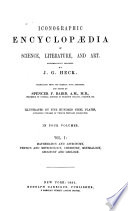 | Johann Georg Heck - Encyclopedias and dictionaries - 1851 - 712 pages
...particular case of this proposition is known as the Pythagorean : the square described upon the hypothenuse is equivalent to the sum of the squares described on the other two sides. As the unit of measure for the determination of the superficial relations of figures, we use a square... | |
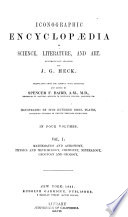 | 1851 - 716 pages
...particular case of this proposition is known as the Pythagorean : the square described upon the hypothenuse is equivalent to the sum of the squares described on the other two sides. As the unit of measure for the determination of the superficial relations of figures, we use a square... | |
 | 1851 - 382 pages
...a given angle, . •I. If the square described upon one of the sides _ 1C 3 of a triangle be equal to the sum of the squares described on the other two sides, the angle contained by those two sides is a right angle, . . 3. If a straight line be divided into... | |
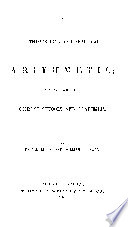 | Daniel Leach - Arithmetic - 1851 - 280 pages
...the hypothenuse, and A Eas6' the other two sides the base and perpendicular. longest side , is equal to the sum of the squares described on the other two sides. Thus, suppose the longest side is 10 ft.., the base 6 ft., and the perpendicular 8 ft. 102:z=:100.... | |
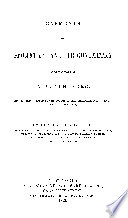 | Adrien Marie Legendre - Geometry - 1852 - 436 pages
...algebraical formula, (a+b)x(ab)=o?-b*. PROPOSITION XI. THEOEEM. The square described on the hypothenuse of a right-angled triangle is equivalent to the sum of the squares described on the two other sides. Let BCA be a right-angled triangle, right-angled at A : then will the square described... | |
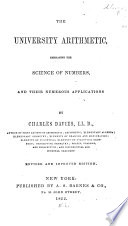 | Charles Davies - Arithmetic - 1852 - 438 pages
...particular notice. In every right angled triangle, the square described on the hypothenuse, is equal to the sum of the squares described on the other two sides. Thus, if ABC be a right angled tria,ngle, right angled at C, then will the square D described on AB... | |
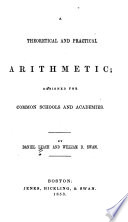 | Daniel Leach - Arithmetic - 1853 - 622 pages
...the base and perpendicular. 293. The square described on the hypothenuse, or longest side, is equal to the sum of the squares described on the other two sides. Thus, suppose the longest side is 10 ft., the base 6 ft., and the perpendicular 8 ft. 10a=100. 6a=36.... | |
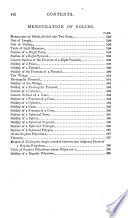 | Charles Davies - Geometry - 1854 - 436 pages
...right•angled triangle, right•angled at A : then will the square described on the hypothenuse BC be equivalent to the sum of the squares described on the other two sides, BA, AC. 1 GEOMETRY. Having described a square on each of the three sides, let fall from A, on the hy•... | |
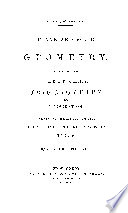 | George Roberts Perkins - Geometry - 1856 - 460 pages
...THIRD BOOK. COMPARISON OF SQUARES CONSTRUCTED ON CERTAIN LINES. THEOREM XXIX. The square constructed on the hypotenuse of a right-angled triangle, is equivalent to the sum of the squares constructed respectively on the other two sides. This Theorem is not a fundamental one, like Theorem... | |
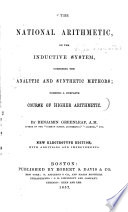 | Benjamin Greenleaf - Arithmetic - 1857 - 452 pages
...BC, being perpendicular to the base, is the altitude. 535. The square described upon the hypothenuse of a rightangled triangle is equivalent to the sum of the squares described upon the other two sides. Thus, if the hypothenuse AC be 5 feet, the base AB 4 feet, and the perpendicular... | |
| |